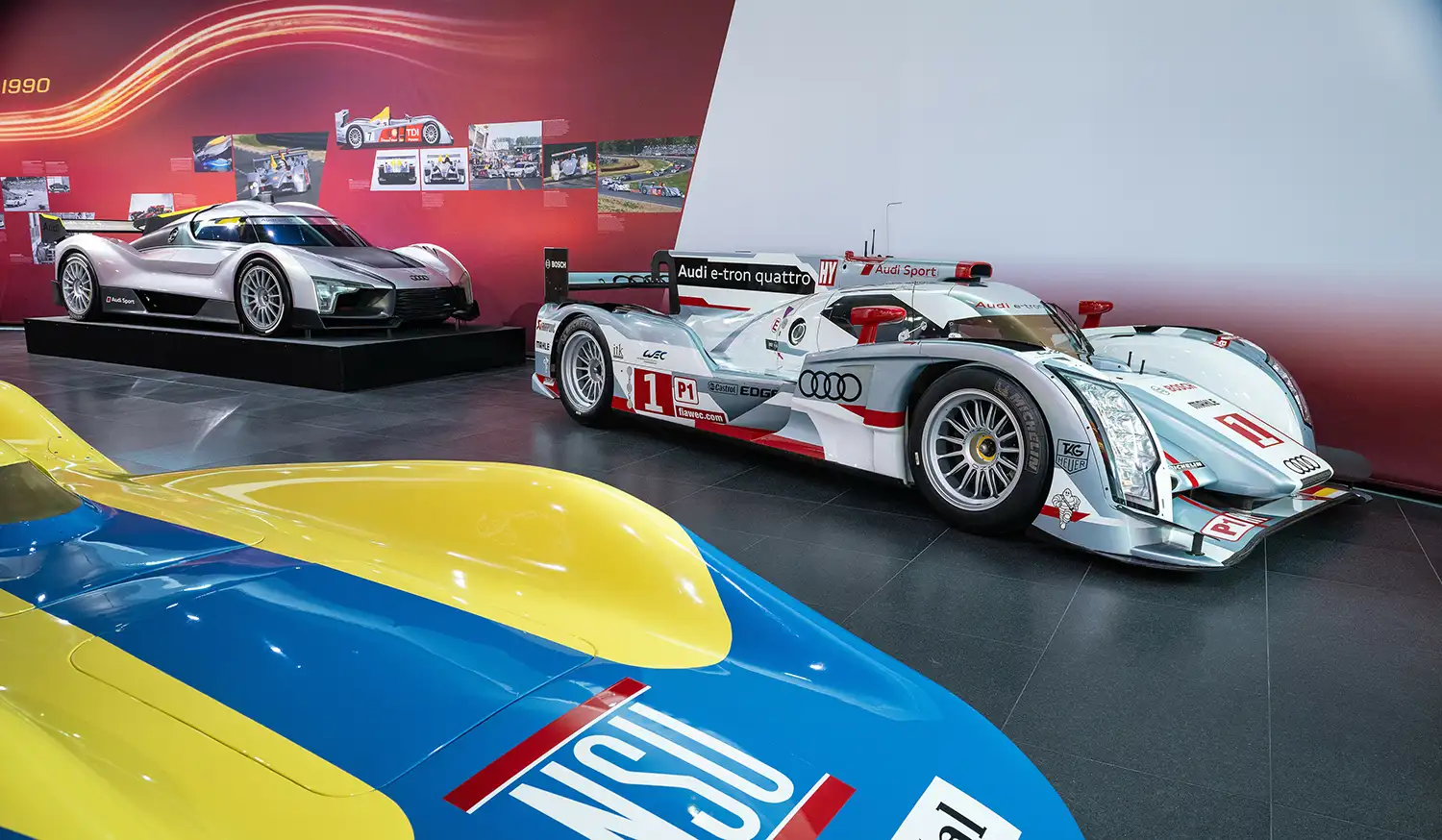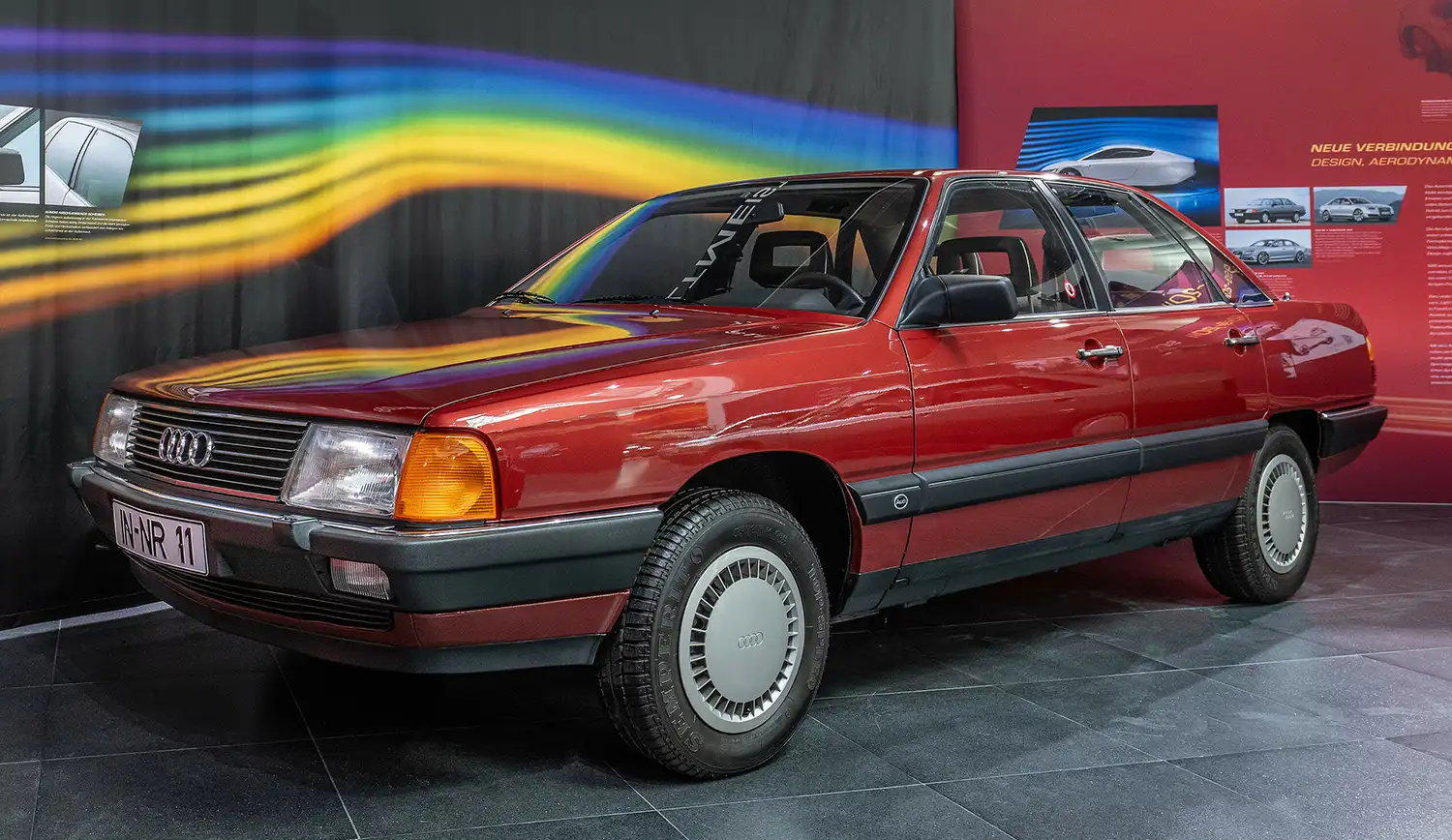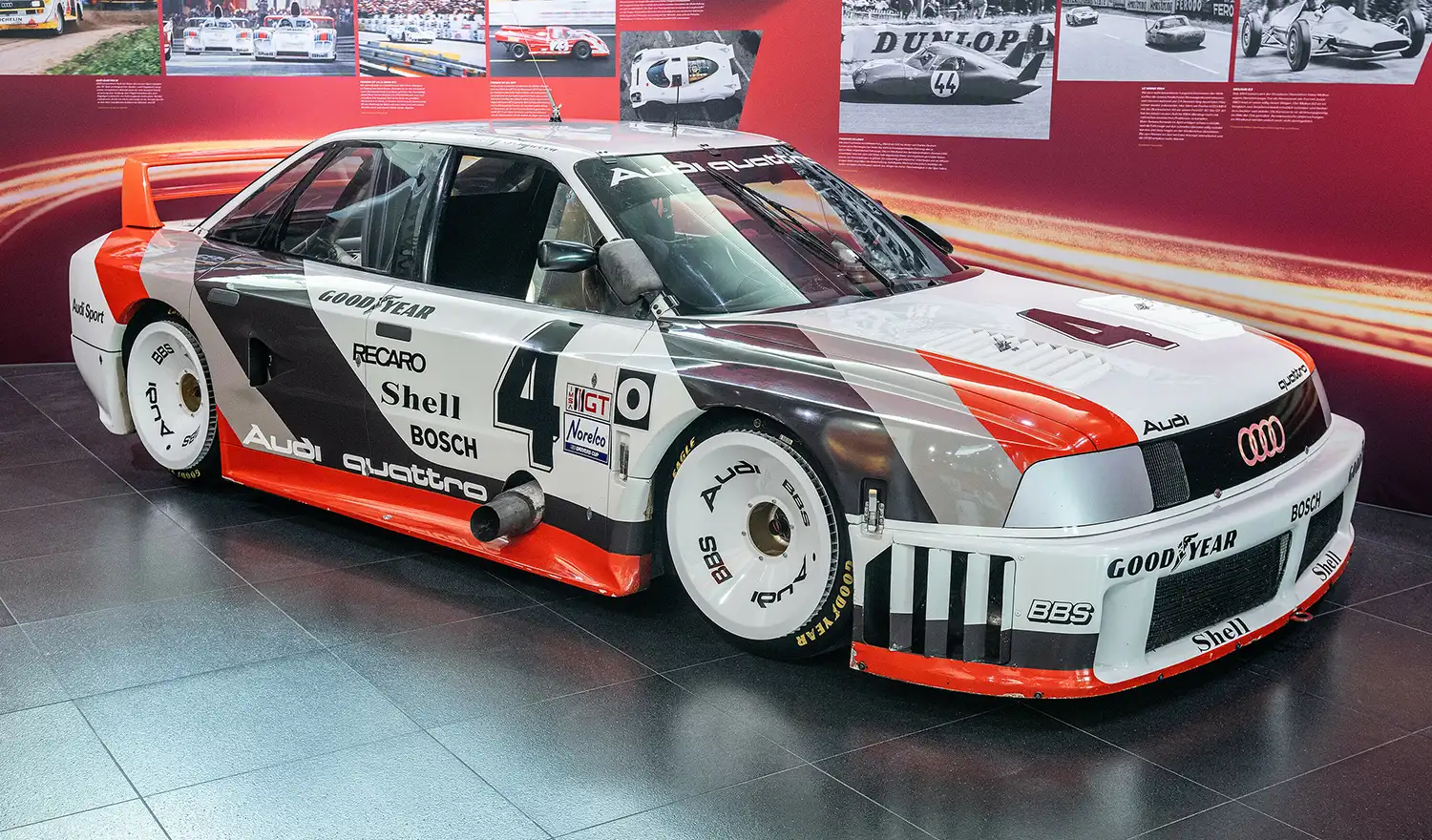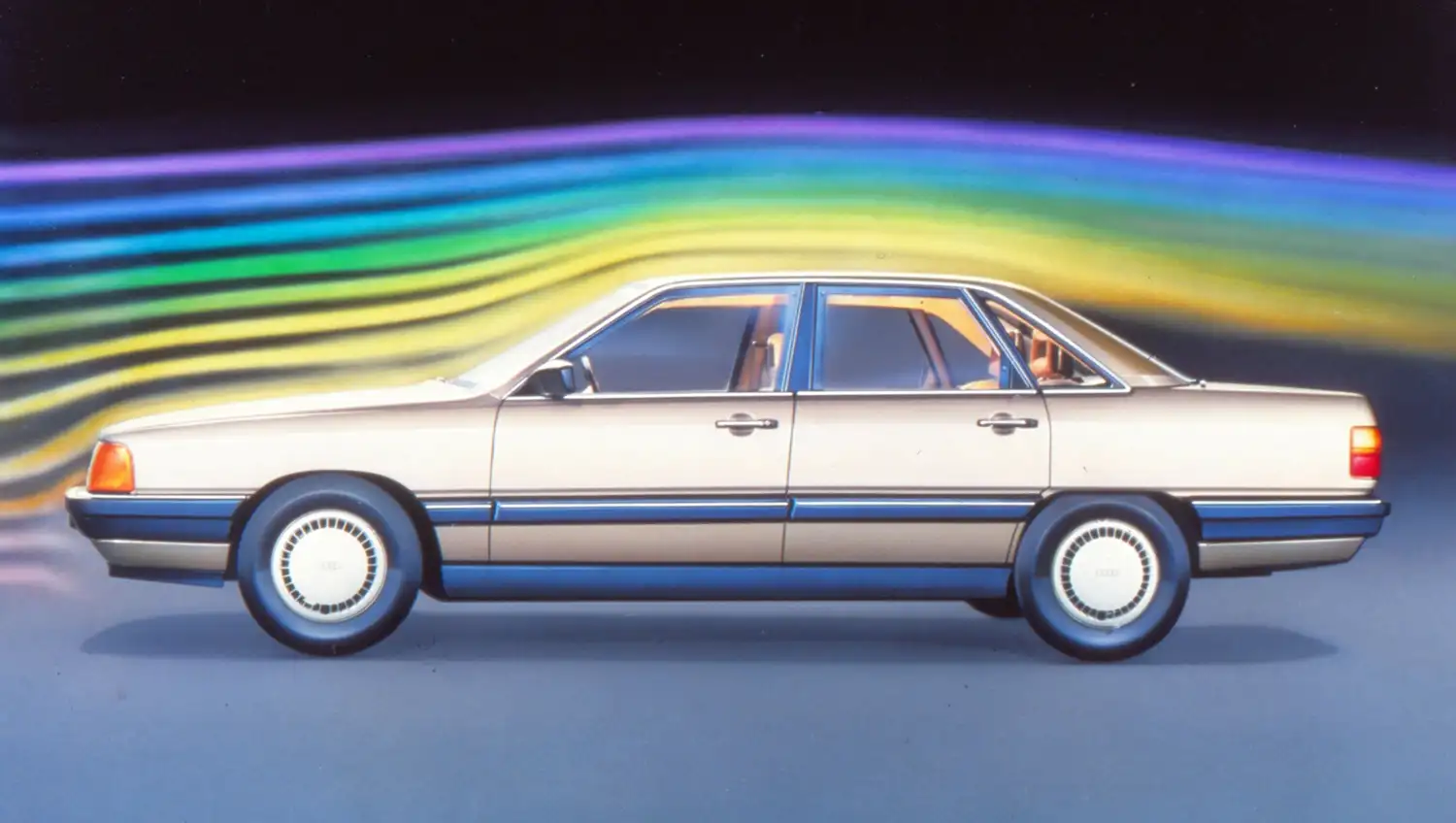
Audi made engineering history in 1982 with the Audi 100, achieving a world-record drag coefficient of 0.30 for production saloons. This milestone is now the centerpiece of the new special exhibition “Form vollendet” at the Audi museum mobile in Ingolstadt, running until March 2, 2025. The exhibition showcases Audi Tradition’s presentation of aerodynamic concepts spanning from 1945 to the present day.
Aerodynamics and Automotive Evolution:
The exhibition follows on from Audi Tradition’s previous “Windschnittig” exhibition (German for “streamlined”), which focused on pre-war aerodynamics research. Post-1945, the European automotive industry was focused on recovery, leading to the continued use and improvement of pre-war aerodynamic developments. It wasn’t until the 1973 oil crisis, with its emphasis on reducing fuel consumption, that significant advancements in aerodynamics were reignited.

The 1982 Audi 100 set a benchmark with its record-breaking drag coefficient of 0.30, demonstrating the impact of aerodynamic efficiency on fuel consumption. “Form vollendet” highlights this achievement alongside other notable models such as the NSU Ro 80, the Porsche 356, the Lamborghini Countach, and the Ducati Paso 950.
Featured Exhibits:
The exhibition also includes a range of concept and race cars from Audi’s history:
- Audi 90 IMSA GTO (1989): A race car that showcased advanced aerodynamic design.
- Audi R18 e-tron quattro (2012): The Le Mans race car known for its hybrid technology and aerodynamic efficiency.
- Audi Skorpion Concept (2013): A concept car exploring futuristic aerodynamic possibilities.
- Audi 80 Cd Concept (1984): Developed to push the limits of aerodynamic efficiency, achieving a drag coefficient of less than 0.2.

The Audi A2 is another highlight, representing a significant milestone in aerodynamic design. Debuting at the IAA in 1999, its aluminum Audi Space Frame body achieved a drag coefficient of 0.28. The Audi A2 1.2 TDI, part of the exhibition, further reduced this to 0.25, making it the world’s first four-door, three-liter car with an average fuel consumption of 2.99 liters per 100 kilometers.
Curatorial Insight:
Curator Stefan Felber emphasizes the significance of the DKW F9 in the exhibition: “The DKW F9 has a special meaning for me – it is the link between the two exhibitions, Windschnittig and Form vollendet. This streamlined and seemingly plain car represents the new beginning of Auto Union in West Germany and IFA in East Germany.”

Visitor Experience:
Visitors to the Audi museum mobile can expect to see a comprehensive display of aerodynamic advancements from 1945 to the present day, featuring production cars, concept cars, and race cars. The exhibition provides a fascinating look at how aerodynamics have shaped the evolution of automotive design and performance.
“Form vollendet” offers a unique opportunity to explore the history and future of automotive aerodynamics, celebrating Audi’s contributions and the broader impact of streamlined design on the automotive industry.
Source: Audi
This Article use tools from Chatgpt
